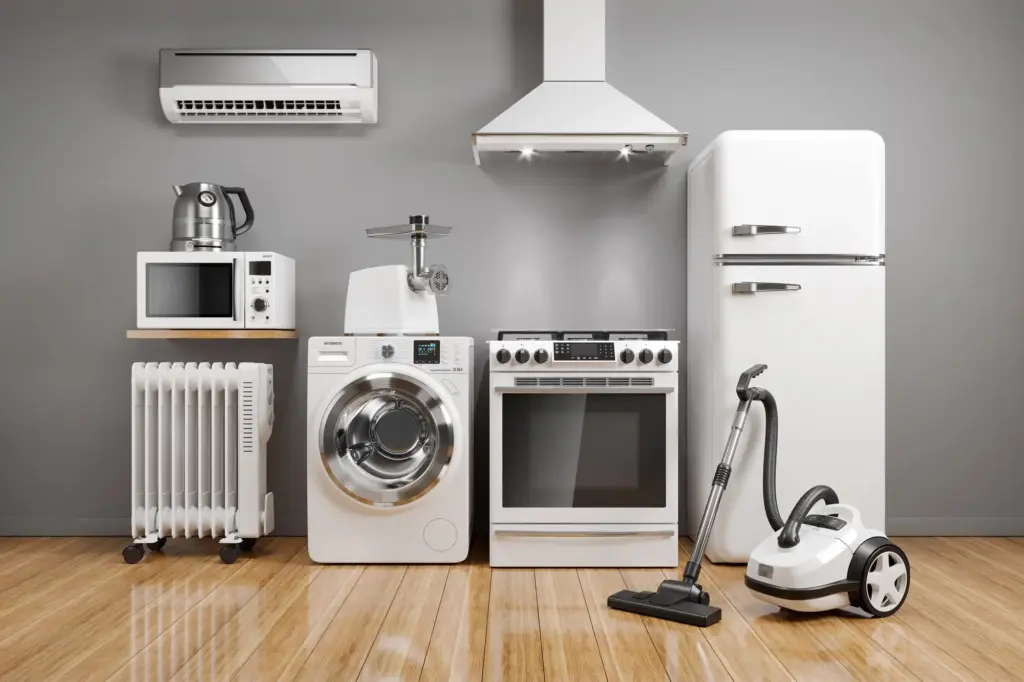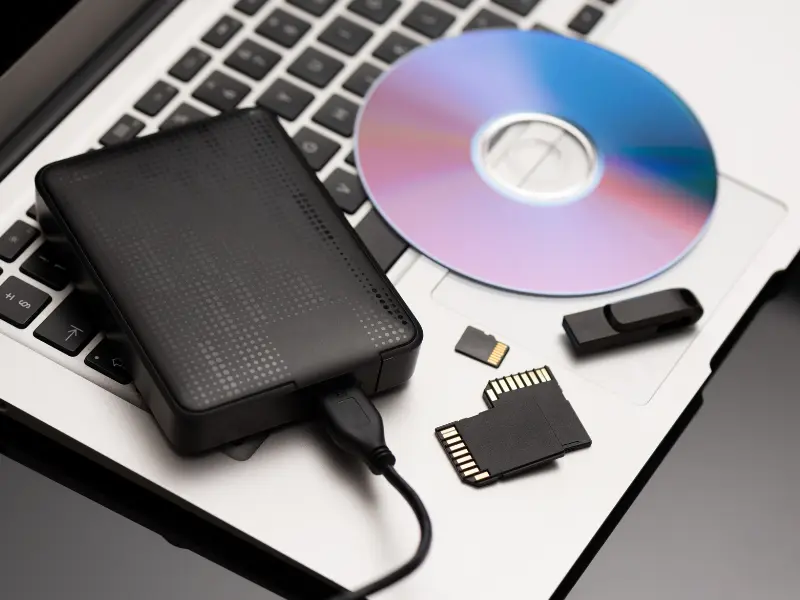Applications of Magnetic Materials in Consumer Products
Magnetic materials are a silent but essential part of countless consumer products we use every day. From holding notes on a refrigerator to enabling the sound in our headphones, magnets are integral to the design, function, and convenience of modern life. These applications often use a combination of permanent magnets and electromagnets.

Home Appliances and Motors
Many household appliances rely on magnetic materials, particularly in their motors, to operate efficiently.
Microwave Ovens: The heart of a microwave oven is a device called a magnetron. This component uses a powerful magnetic field to guide a stream of electrons, which in turn generates the microwaves that heat food.
Refrigerators: The most familiar application is the magnetic seal on the refrigerator and freezer doors. A flexible magnetic strip embedded in the rubber gasket creates an airtight seal that keeps cold air in and warm air out, saving energy.
Vacuum Cleaners, Blenders, and Washing Machines: The electric motors in these appliances use powerful permanent magnets, often neodymium magnets, to create the rotational force needed for their function. These high-strength magnets allow for smaller, more efficient, and quieter motor designs.
Audio and Data Storage
The way we listen to music and store information is directly tied to the use of magnets.
Hard Disk Drives (HDDs): While a lot of data storage has moved to solid-state drives (SSDs), traditional hard disk drives still use magnetic materials. Data is stored on a platter coated with a hard magnetic material, where tiny domains are magnetized in a specific direction to represent binary data (0s and 1s). A magnetic head then reads or writes this information.
Speakers and Headphones: Every speaker, from a large sound system to tiny earbuds, works on the principle of a permanent magnet interacting with an electromagnet (the voice coil). An electrical signal representing sound flows through the voice coil, causing it to vibrate. This vibration is transferred to a diaphragm, creating sound waves. The use of powerful, small magnets (like neodymium magnets) allows for compact and high-quality audio devices.

Simple and Novel Applications
Beyond high-tech electronics, magnets serve many simple but clever purposes in consumer products.
Children’s Toys: Magnetic building blocks, alphabet letters, and puzzle games use magnets for an interactive and fun learning experience.
Magnetic Closures: You’ll find small magnets used as closures on bags, jewelry, and even book covers, providing a simple, secure, and satisfying “snap” to close.
Magnetic Whiteboards and Knife Racks: These products use magnets to hold objects in place, offering a convenient and stylish way to organize a kitchen or office.
